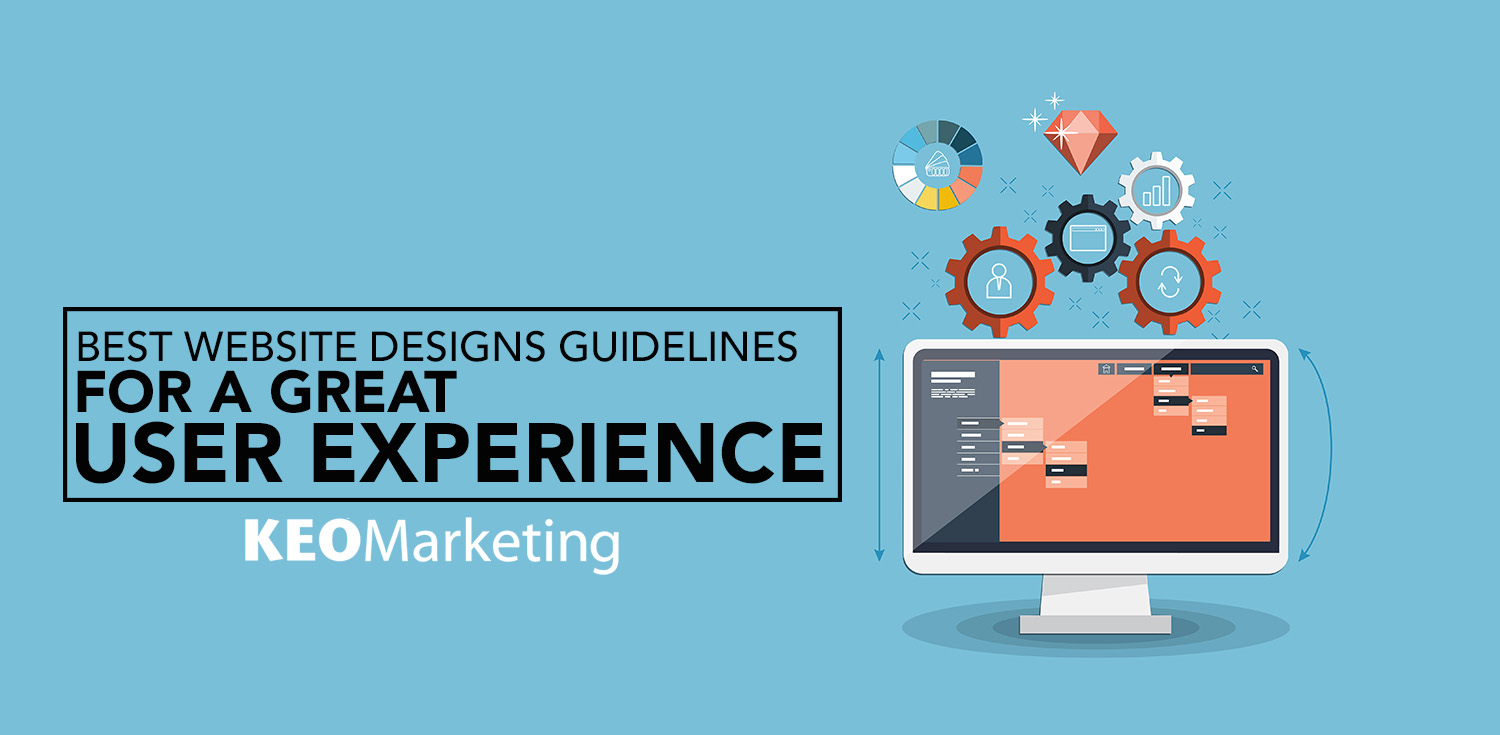 What is a well-designed website? The best website design retains visitors and is also good for the company’s objectives. According to Hubspot.com, up to 51% of web visitors leave a website because of a poor experience with it. So it is to your advantage to create a site that delivers a good experience and thereby compels the visitor to stay. Here are some website design ideas that will keep your site both useful and usable.
What is a well-designed website? The best website design retains visitors and is also good for the company’s objectives. According to Hubspot.com, up to 51% of web visitors leave a website because of a poor experience with it. So it is to your advantage to create a site that delivers a good experience and thereby compels the visitor to stay. Here are some website design ideas that will keep your site both useful and usable.
1. Simplicity
While the look and feel of your website is important, most visitors are not coming to your site to evaluate the design. Instead, they are coming to your site to find specific information or to perform an action. Adding design elements that serve no functional purpose will only make it harder for visitors to accomplish what they are there to do and will therefore drive them away.
From a usability perspective, simplicity is the best policy. Simplicity can be created in a number of different ways:
- Create information “chunks”. Visitors gather information best in short bits of information encapsulated in one or two paragraphs. Keep the copy short and succinct.
- Limit the graphics. Graphics and visuals are important, but only use them if they will help a user complete a task or perform a specific function. Search engines downgrade websites that load slowly so be judicious with the use of images.
- Design it for skimming. Visitors do not read web pages, they skim them. They glance quickly at the page for relevant information. Design the pages to deliver your message at-a-glance.
Albert Einstein once said, “Make everything as simple as possible, but no simpler.” When considering the best website design, make sure every element on a page adds value for the user and the business.
2. User-Friendly Navigation
Having intuitive navigation on your site is critical for ensuring that visitors can find what they are looking for. Ideally, a visitor should be able to arrive on your site at any location and not have to think extensively about where they should click next in order to reach their destination or find the information they seek.
Consider the navigation from the business viewpoint as well. The navigation should lead the visitors through the buyer’s journey in order to get a conversion: downloading a white paper, signing up for your email newsletter, or buying a product.
Here are a few tips for optimizing your site’s navigation:
- Keep the structure of your primary navigation simple.
- Include navigation in the footer of your site.
- Do not offer too many navigation options on a page.
- Include two calls-to-action that will lead the visitor to the next step you want them to take.
3. Accessibility
According to ComScore.com, internet access through tablets grew 30% between 2013 and 2015. Internet access by smartphones, meanwhile, grew 78% during the same time period. In order to provide a good customer experience, your website must be compatible with the different devices that your visitors are using as well as the different browsers they are using. Therefore, when considering the best website design, invest in a website structure that has a mobile-responsive design. With a mobile-responsive website, content is automatically resized and rearranged to fit the dimensions of whichever device a visitor is using to access your website.
As a general rule, when people are accessing the internet they are in control of the experience. When they come to your website they are doing it of their own accord. Your job, therefore, is to help them continue to have a good experience. The best website design gives people that kind of experience while also leading them in a direction that will help your company. To learn more, download KEO Marketing’s free Marketer’s Guide titled “5 Strategic Approaches to Website Design and Development for Increased Conversions.”

 443 views
443 views